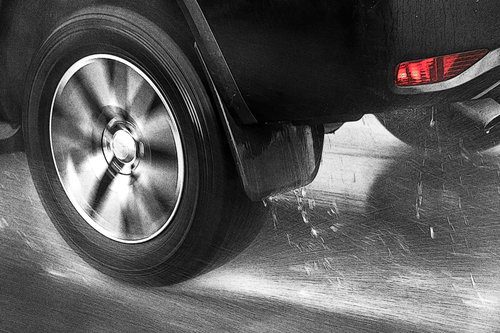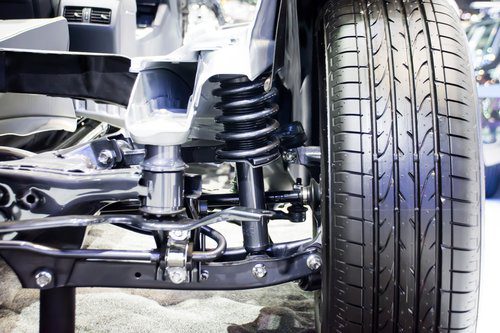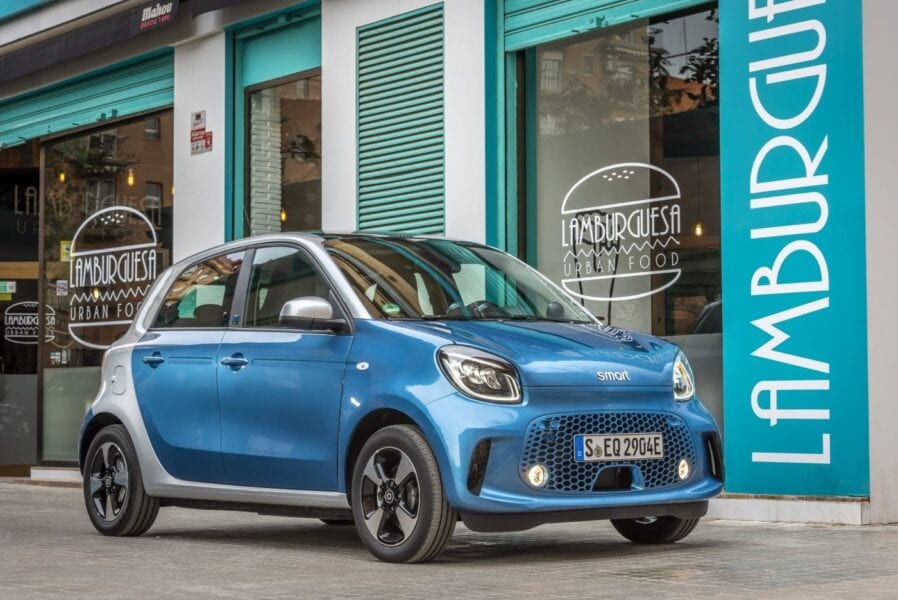
Traction or driving force: differences and advantages
Content
Traction and power plants are two types of transmission. The drive wheels of a front-wheel drive vehicle are the front wheels, while those of a rear-wheel drive vehicle are the rear wheels. Most passenger cars are front wheel drive because this transmission is safer and more manageable.
🚗 What is a front wheel drive vehicle?

La thrust car is one of the Transmission automobile. A transmission is a set of parts of a car that transmits the rotational power of the engine to the driving wheels of the car. There are three types of transmission:
- Front transmission, or traction ;
- Rear transmission or rear wheel drive ;
- AWD.
When a car has a front transmission, that is, traction, the engine's power is transmitted only to the front wheels, which are its two drive wheels. They are the ones who shoot car forward, hence the term traction. Sometimes we talk about front-wheel drive, this is pleonasm.
Most modern production cars are front-wheel drive, the latter being democratized by Citroën. In this case, each of the two driving wheels is driven transmission half-shafts.
Clutch provides better cornering safety, but has the disadvantage of forcing the front end to combine traction, steering and damping at the same time. On the other hand, front wheel drive vehicles suffer from front wheel spin when the gear is too low.
But besides safety, traction has other advantages:
- It allows consume less fuel ;
- it takes up little space and thus frees it up for the passenger compartment;
- He also suggests more security on snow or ice.
Finally, keep in mind that there are two different thrust configurations:
- Gearboxes in which the group of engines is perpendicular to the axis of the engine: we are talking about longitudinal transmission ;
- Those with the motor group this time parallel to the motor axis: then we are talking about transverse transmission.
🚘 What is the difference between thrust and movement?

When a car has a rear transmission, we are talking about power point : the driving wheels are the rear wheels, and it is they promote car forward. In this case, the front wheels of a rear wheel drive vehicle are used only for steering.
Considered less secure, the propulsion system is mainly used for heavy vehicles that require more power, such as large luxury cars or vans. There are also rear wheel drive racing and sports cars that allow them to pull better at high speeds.
As with thrust, there are different powerplant configurations:
- The engine is located in front of the axle of the driving wheels: then we are talking about central engine because it is located almost in the middle of the car, which makes it more balanced and manageable. However, the interior is narrower, so this configuration is especially suitable for racing cars.
- The engine is in the back: we are also talking about console configuration... The rear axle is heavier, so driving becomes more sensitive and dangerous, especially on slippery roads. On the other hand, acceleration is more efficient because the driving force is greater.
- The engine is in the front: the drive wheels are in the back, but not the engine, and the transmission tube transfers power from one to the other. Driving is safer than rear-engined and the cabin is larger than mid-engined, but the car remains slippery, especially in winter.
Thus, the main disadvantage of the power plant is safety: indeed, driving on a wet or snowy road is much less safe, the car is less stable when cornering, and the risk of slipping or skidding is higher than that of a front-wheel drive car.
Thus, the main difference between propulsion and thrust is that they are completely different types of powertrain. With rear-wheel drive, the drive wheels are located at the rear, while in a front-wheel-drive car, they are located at the front.
Traction makes the car more agile and safer, with better grip and handling on slippery, wet or snowy roads. Rear-wheel drive tends to have more sliding and spinning, which does not make it a very suitable drivetrain for production and everyday vehicles.
🔍 How to choose traction and thrust?

Two types of transmission, traction and power, have their own advantages and disadvantages. They are especially not suitable for the same vehicles. Thus, traction is used in most passenger cars, while rear-wheel drive transmissions are more used in racing cars or heavy vehicles such as trucks.
Here are the respective advantages and disadvantages of traction and movement:
Finally, note that front-wheel drive vehicles are often less prone to breakdowns as they require fewer mechanical components. But when the engine is very powerful, movement is preferable because of the excessive force that the engine must create. snow with a stretch.
Now you know all about traction and powertrain, as well as the differences! As you can imagine, these two transmissions have advantages and disadvantages that explain their very different uses: your car is definitely front-wheel drive, but rear-wheel drive is often used in racing cars.
